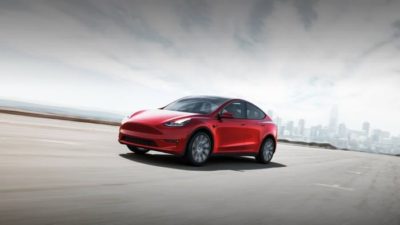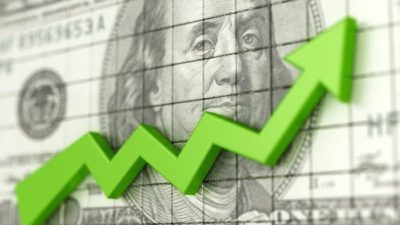This article was originally published on Fool.com. All figures quoted in US dollars unless otherwise stated.
The 2021 year was arguably a breakthrough for alternative "meme" cryptocurrencies like Shiba Inu (CRYPTO: SHIB) and Dogecoin (CRYPTO: DOGE). They were seen as a joke by some, but early investors in these cryptos have made fortunes.
After a year that saw Shiba Inu return 63,000,000% and Dogecoin go up 4,600%, can investors still strike it rich in 2022? Here is what you need to know before buying either of these cryptos.
Understanding Shiba Inu
Shiba Inu is a relatively new altcoin, meaning a crypto other than Bitcoin (CRYPTO: BTC), developed in August 2020 on the Ethereum (CRYPTO: ETH) blockchain. It currently carries a $19.4 billion market cap and is the 10th-most-popular crypto on the Coinbase exchange.
An anonymous group called Ryoshi started Shiba Inu as an experiment in decentralised spontaneous community building. In other words, could Shiba Inu survive with "no centralised team, no funding, and no direct leadership?" according to the coin's white paper.
Shiba Inu's gains seem to answer that question, and with a price per coin of fractions of a cent, investors can accumulate large amounts for relatively little money.
Understanding Dogecoin
Dogecoin, often referred to as the original "meme coin", is an altcoin created in 2013 as a literal joke by its founders. They created Dogecoin to poke fun at the wild speculation around cryptocurrencies back then.
However, Dogecoin is no longer a joke; it's the ninth-most-popular cryptocurrency on Coinbase and carries a $23.4 billion market cap, making it larger than some of the market's most popular growth stocks. It also has a relatively small per-coin price of about $0.18.
Like Shiba Inu, Dogecoin uses an easily recognisable logo of a Shiba Inu dog, which has helped feed the coin's popularity on the internet. Although Shiba Inu is built on the Ethereum blockchain, Dogecoin runs on its own network, the Dogecoin blockchain.
Value built on going viral
It's important to know what drives the value of a cryptocurrency and how altcoins like Shiba Inu and Dogecoin differ from Bitcoin. Whereas the US dollar is issued and regulated by the US government and central bank, cryptos are not. This detachment from the traditional monetary system (hence the term decentralised) appeals to many crypto investors.
But there are significant differences between Bitcoin and altcoins like Dogecoin and Shiba Inu. Bitcoin's scarcity and growing acceptance have played a key role in driving its increase in value over the years. There is a maximum supply of 21 million Bitcoins; there can never be any more.
Bitcoin has also gotten notable traction in gaining acceptance in the broader economy. Some merchants accept Bitcoin as payment, some athletes take their salaries in Bitcoin, and some corporations are even accumulating it to hold on their balance sheets as an asset.
In contrast, Shiba Inu and Dogecoin have no notable economic use at this point. Meanwhile, both altcoins have a much larger supply in circulation than Bitcoin. Dogecoin now has 132 billion DOGE circulating, while Shiba Inu has 549 trillion SHIB. These huge supplies are increasing, which is partly why their per-coin prices are so low. To date, the only way that these coins have gained value is by going viral on the internet; these temporary surges in demand have caused prices to be very volatile.
Managing risk is key
Investments that fluctuate primarily because of hype are speculative, and investing a lot in them is reckless. What goes up, can just as easily come back down, so assets that have appreciated as much as Shiba Inu and Dogecoin have, can significantly drop without much warning.
Shiba Inu is a newer coin and probably has more buzz going for it now, as Dogecoin's peak seems to have come when Tesla chief executive officer Elon Musk was tweeting about it a few months back.
Investors must manage their risk by never investing more than they can afford to lose. With wild swings in speculative cryptocurrencies, it doesn't take vast sums to make big profits. If you are fortunate enough to strike some significant gains, don't be afraid to take profits.
This article was originally published on Fool.com. All figures quoted in US dollars unless otherwise stated.









